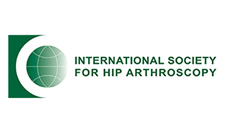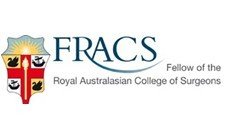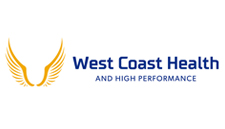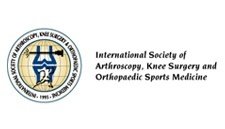Physiotherapy
Physiotherapy or physical therapy is an exercise program that helps you to improve movement, relieve pain, encourage blood flow for faster healing, and restore your physical function and fitness level. The main aim of physical therapy is to make your daily activities such as walking, getting in and out of bed, or climbing stairs easier. It can be prescribed as an individual treatment program or combined with other treatments. Physiotherapy is usually ordered to help you recover after certain surgeries, injuries and long-term health problems such as arthritis. It involves a combination of education, manual therapy, exercises and techniques such as water, heat, cold, electrical stimulation and ultrasound.
For knee problems, therapy involves strengthening and stretching certain joints and muscles. Physical therapy for the knee is designed to improve muscle strength of the knee and reduce pain. Some of the exercises recommended for knee problems are:
- Straight leg raise: Lie on your back, bend one leg at your knee, and hold the other straight and lifted off the floor for a slow count of 5. This can be done twice a day.
- Step ups: Step onto the first step of the stairs with your right foot. Bring up the left foot and step down with the right, followed by the left. Repeat this exercise until you get short of breath. As you improve, try to increase the number of steps.
- Knee squats: With the support of a chair or work surface, squat until your knee covers your big toe and stand. Repeat the exercise at least 10 times. As you get more comfortable, try to squat a little more.
- Knee extensions: Sit at the edge of the chair and gently slide your operated leg forward straightening it. Hold this position for about 10 to 15 seconds and return to the initial position.
- Passive knee extension: For this exercise, you need 2 chairs placed opposite to each other. Sit on one chair and rest your leg on the other. Keep a rolled towel under your ankle and an ice pack over the knee. Place 5 to 10 lbs. weights over the knee for a recommended amount of time.
- Straight leg raise: Lie on your back on a flat surface with your arms resting by your side. Use your forearms to support your upper body and raise your legs 12 to 20 inches off the ground. Hold this position for about 10 seconds and then slowly bring it back to the initial position.
- Ankle pump: In this exercise, sit on a flat surface with your legs stretched out and slowly move your foot forward and backward as far as possible.
- Quadriceps stretch (standing): Stand straight with one hand on the wall for support. With the other hand, hold your heel and bend your affected knee towards your buttocks to feel a stretch in front of your leg.
- Step ups: Step onto a stool with your involved leg and step down. The stool can be placed in front of you or beside the injured leg.
- Pedal on an exercise bike and go walking.
You can discuss with your physiotherapist any questions you may have regarding the exercises to be performed. You can begin with basic exercises and then move on to more advanced ones. It is important to strictly follow the schedule and practice only those exercises prescribed by your therapist.














